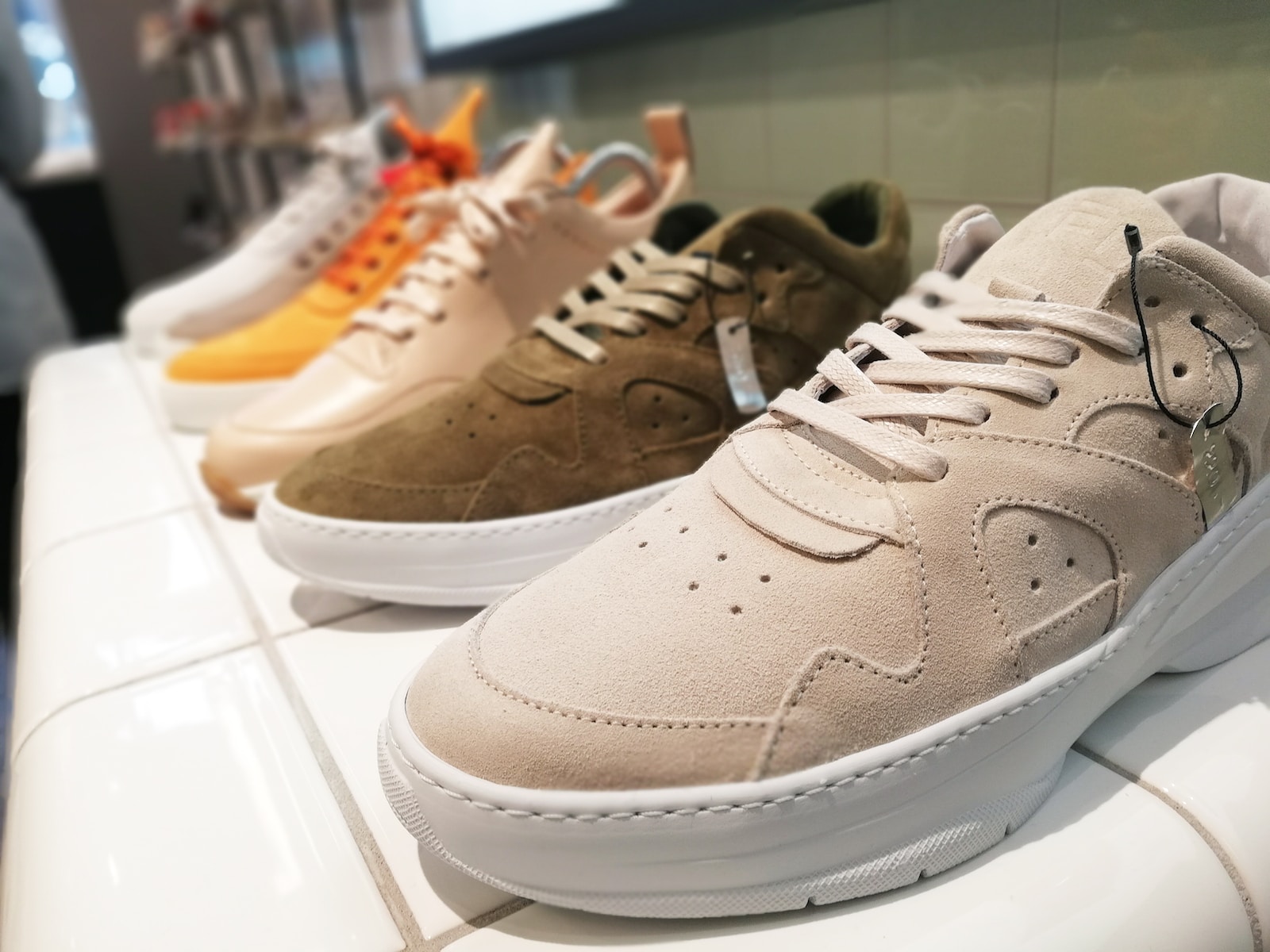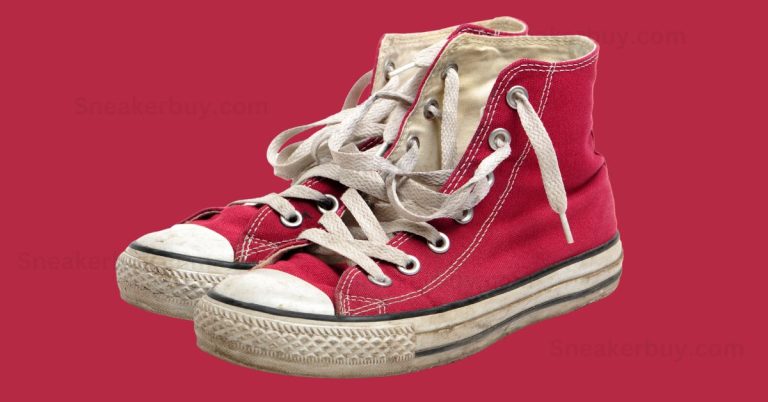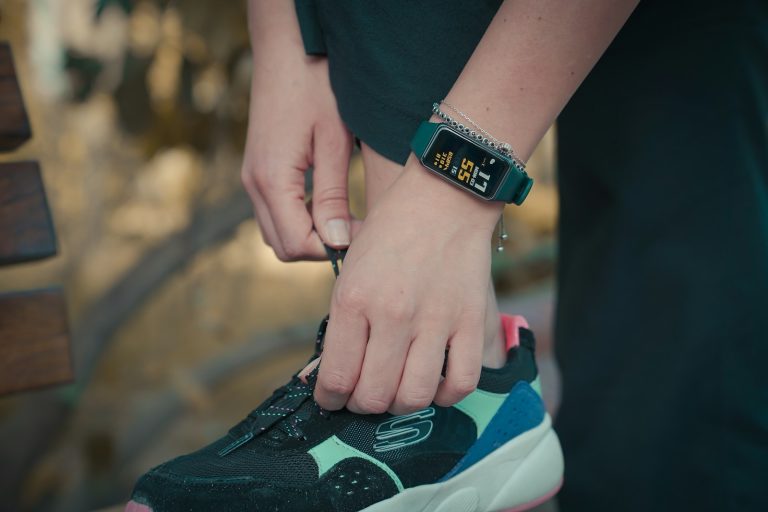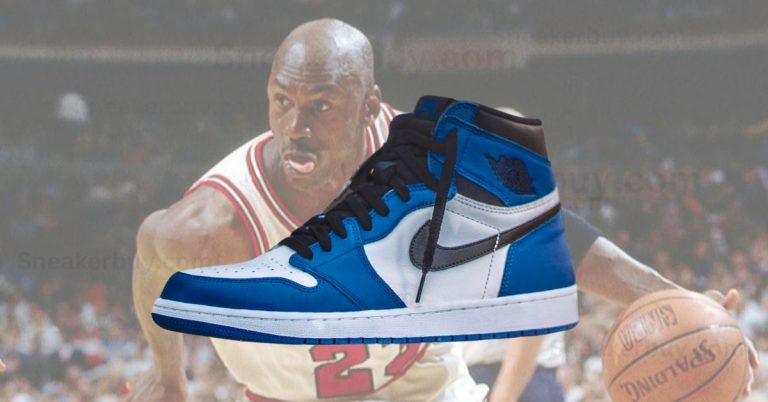Sneaker Sizing 101: How To Ensure The Perfect Fit Every Time
Are you tired of buying sneakers online only to find out that they don’t fit quite right when they arrive? Look no further, because in this article, we’ll be sharing some valuable tips and tricks on how to ensure the perfect fit every time you buy sneakers. Whether you’re a seasoned sneakerhead or just starting your collection, understanding the ins and outs of sneaker sizing can make all the difference in your overall comfort and satisfaction. So get ready to step up your sneaker game and say goodbye to ill-fitting shoes for good!

Understanding Foot Measurement
Importance of accurate foot measurement
When it comes to buying sneakers, getting an accurate foot measurement is crucial. Wearing ill-fitting sneakers can lead to discomfort, pain, and even foot problems in the long run. By understanding your foot measurements, you can ensure the perfect fit for your sneakers, maximizing both comfort and style.
Different foot measurement systems
Foot measurements can vary across different countries and regions, resulting in various foot measurement systems. The most commonly used systems are the US, UK, and European sizing systems. While they all serve the same purpose of determining shoe size, it’s essential to understand the differences between them to choose the right size for your sneakers.
Using online foot measurement tools
Gone are the days of solely relying on in-store foot measurements. With the rise of online shopping, various foot measurement tools have emerged, allowing you to measure your feet accurately from the comfort of your own home. These tools typically involve placing your foot on a measuring mat or standing on a measurement device. By following the instructions provided, you can obtain accurate measurements that will aid in finding the perfect sneaker size.
Determining Your Sneaker Size
Conversion charts for different measurement systems
As mentioned earlier, different measurement systems exist for determining sneaker sizes. It’s crucial to consult conversion charts to understand how these systems correspond to each other. These charts will help you find the appropriate size, ensuring that you’re not accidentally purchasing sneakers that are too big or too small for your feet.
Using your foot length and width to determine size
Apart from the measurement systems, understanding your foot length and width is vital in determining the perfect sneaker size. Measure the length of your foot from the heel to the longest toe, and measure its width at the widest part. By comparing these measurements to the sizing chart provided by the brand or retailer, you can accurately choose a size that will provide optimal comfort.
Taking into account foot shape and arch type
In addition to measurements, consider your foot shape and arch type when determining your sneaker size. Different sneakers are designed to accommodate different foot shapes and arch types. If you have high arches, for example, you may need sneakers with additional arch support. Understanding these factors will ensure that you choose sneakers that fit properly and provide the necessary support for your unique foot structure.
Common Sizing Issues and Solutions
Too tight or too loose sneakers
Despite taking accurate measurements and following conversion charts, finding the perfect fit can sometimes be challenging. It’s not uncommon to encounter sneakers that are either too tight or too loose, even when they’re supposed to be your correct size. In such cases, you may need to explore alternative sizes or try different brands and styles. It’s also important to consider the materials used in the sneakers, as some materials may stretch or loosen over time.
Sizing variations between sneaker brands
One common frustration that sneaker enthusiasts encounter is the sizing variations between different brands. A size 9 in one brand may feel completely different from a size 9 in another brand. This is why it’s essential to try on sneakers from various brands before making a purchase. It’s also helpful to research brands that have consistent sizing reputation, as this can guide you in selecting the appropriate size when trying new brands.
Finding the right size for unique foot features
Individuals with unique foot features, such as wide feet, high arches, or bunions, often struggle to find sneakers that cater to their specific needs. In such cases, looking for brands that offer special sizing options or wider widths can be beneficial. Brands that prioritize comfort and customization options are worth exploring to ensure that you find the right size and fit for your unique foot features.
Trying on Sneakers
Importance of trying on sneakers before purchasing
No matter how accurate your measurements are or how well you research sizing, trying on sneakers before purchasing is highly recommended. This allows you to assess the fit firsthand and verify that the sneakers provide the desired level of comfort. Additionally, trying on sneakers in-store gives you the opportunity to compare different styles and brands, helping you make an informed decision.
Recommended time of day for fitting
Believe it or not, the time of day can affect the fit of your sneakers. It’s advised to try on sneakers later in the day or after any physical activity, as your feet tend to swell throughout the day. This ensures that you choose a size that will accommodate any potential swelling, preventing discomfort when wearing the sneakers for extended periods.
Walk and move around in the sneakers to test comfort
When trying on sneakers, don’t just stand still and assess the fit. Take a few laps around the store, walk on different surfaces, and even try some light movements to test the sneakers’ comfort and flexibility. This will give you a better understanding of how the sneakers will feel during regular use. Pay attention to any areas where the sneakers may rub or cause discomfort, as this may indicate an improper fit.

Understanding Sneaker Materials
Different materials used in sneakers
Sneakers can be crafted from a wide range of materials, each offering different attributes and benefits. Common materials include leather, canvas, mesh, synthetic fabrics, and various rubber compounds. Understanding the characteristics of these materials will help you determine how they may affect the fit of the sneakers.
How materials can affect the fit
The choice of materials, particularly the upper part of the sneaker, can significantly impact the fit. For example, a sneaker with a leather upper may require some break-in time to allow the material to conform to your foot shape. On the other hand, sneakers with a stretchy mesh or knit upper can provide a snug and accommodating fit right out of the box. Consider the material properties and how they align with your preferences when selecting sneakers.
Considering material stretch and breathability
When choosing sneakers, consider not only how the materials affect the fit but also their stretch and breathability. Some materials, like mesh or knit, are known for their stretchiness, which can provide a more forgiving fit. Additionally, breathable materials can enhance comfort, especially if you tend to sweat or have sensitive feet. Understanding these aspects will allow you to choose sneakers that keep your feet comfortable and supported.
Considerations for Specific Styles
High-top vs. low-top sneakers
Sneakers come in various styles, and one common distinction is between high-top and low-top sneakers. High-top sneakers provide more ankle support and coverage, while low-top sneakers offer a more casual and versatile look. The sizing of these styles may vary, so it’s essential to try them on to find your perfect fit, especially if you have unique foot features or prefer a specific level of ankle support.
Running shoes vs. casual sneakers
Running shoes and casual sneakers serve different purposes, and their designs often reflect those differences. Running shoes typically offer more cushioning and support for high-impact activities, while casual sneakers prioritize comfort and style. Keep in mind that running shoes may have a slightly different fit due to their performance-focused features. It’s wise to try on different types of sneakers and take note of any variations in fit and comfort.
Determining size for slip-on sneakers
Slip-on sneakers are known for their convenience and ease of wear. However, determining the right size for slip-on sneakers can be slightly different compared to traditional lace-up styles. Since slip-on sneakers lack adjustable laces, it’s crucial to find a size that provides a snug fit without being too tight. Pay close attention to the width and elasticity of the slip-on sneakers to ensure a comfortable and secure fit.
Sizing Tips for Online Shopping
Reading customer reviews for sizing guidance
When shopping for sneakers online, customer reviews can be a valuable resource for sizing guidance. Look for reviews from customers who mention their foot measurements or compare the fit to other brands or styles. These insights can give you a better idea of how the sneakers may fit and help you make an informed decision when purchasing online.
Researching the brand’s sizing reputation
Each brand may have its own sizing reputation, often expressed through customer feedback and reviews. Before making an online purchase, take the time to research the brand’s sizing reputation. This can provide insight into whether the sneakers tend to run small, large, or true to size, helping you select the appropriate size without the need for multiple size exchanges.
Using size filters and measurement charts on online platforms
Online shopping platforms often provide size filters and measurement charts to assist customers in finding their ideal fit. Utilize these tools by inputting your foot measurements and preferences to narrow down your options. However, keep in mind that these tools are meant to be a guide, and trying on sneakers in-person remains the most accurate way to ensure the perfect fit.
Seeking Professional Assistance
Visiting a shoe store for professional sizing
If you’re uncertain about your foot measurements or facing challenges in finding the right sneaker size, consider visiting a shoe store for professional assistance. Shoe store associates are trained to measure feet accurately and can provide guidance based on their expert knowledge. Taking advantage of their expertise can save you time and effort in searching for the perfect fit.
Consulting with a podiatrist for foot-related concerns
For individuals with specific foot-related concerns or conditions, consulting with a podiatrist can be beneficial. A podiatrist can assess your feet and provide personalized advice on finding the right sneakers. They can also offer recommendations for specific features or brands that cater to your foot needs, ensuring optimal comfort and support.
Getting recommendations from experienced sneaker collectors
Experienced sneaker collectors can be a wealth of knowledge when it comes to finding the perfect fit. Engage with sneaker communities or forums where collectors share their experiences and recommendations. They may suggest specific brands, styles, or even sizing hacks that have worked well for them. By tapping into this collective wisdom, you can enhance your chances of finding sneakers that fit like a dream.
Understanding Return Policies
Importance of checking return policies before purchasing
Before finalizing your purchase, it’s crucial to check the return policies of the retailer or brand. Despite your best efforts in sizing, there may still be instances where the sneakers don’t fit as expected. Having a clear understanding of the return policies will give you peace of mind, knowing that you have the option to exchange or return the sneakers if needed.
Ensuring the option for size exchanges or returns
When reviewing return policies, specifically look for information regarding size exchanges or returns. Some retailers may only offer store credit or charge restocking fees for returns, while others have flexible policies that allow you to exchange for a different size or receive a full refund. Clarifying these details before making a purchase can save you from potential frustration and disappointment.
Costs and conditions associated with returns
In addition to understanding the options for returns or exchanges, consider any associated costs or conditions. Retailers may require the sneakers to be returned in their original condition or packaging, and you may be responsible for covering return shipping fees. Being aware of these factors will help you navigate the return process smoothly if necessary.
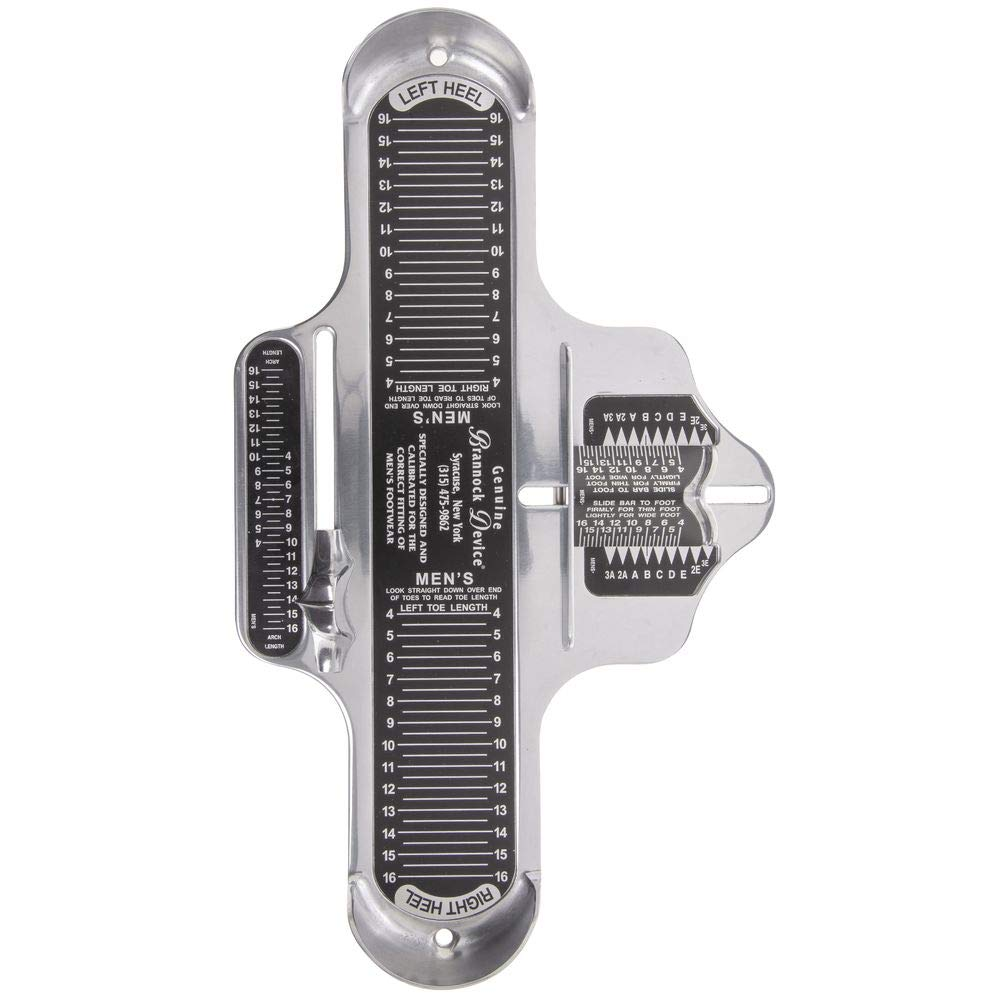
Maintaining Sneaker Fit Over Time
Proper care and cleaning to maintain shape
To ensure your sneakers maintain their original shape and fit over time, it’s important to practice proper care and cleaning. Follow the manufacturer’s instructions for cleaning and choose suitable cleaning methods based on the materials used in your sneakers. A well-maintained pair of sneakers will provide better fit and support, allowing you to enjoy them for a longer duration.
Monitoring foot changes and adapting sizing
Our feet can change over time due to various factors such as age, weight fluctuations, or pregnancy. It’s essential to monitor any changes in your foot size or shape and adapt your sizing accordingly. Regularly measure your feet and reassess your sneaker size to ensure that you’re continuing to wear the most comfortable and supportive footwear.
Using insoles and other accessories for customized fit
In some cases, you may find that even with the correct size, your sneakers could benefit from additional customization for a perfect fit. Utilize insoles or other accessories designed to provide extra cushioning, arch support, or heel stability. These additions can optimize the fit and comfort of your sneakers, especially if you have specific foot conditions or preferences.
By understanding foot measurement and following these guidelines, you can ensure that every sneaker purchase is a perfect fit. Remember to take accurate measurements, consider foot features, test sneakers before purchasing, and maintain proper care to enjoy the ultimate comfort and style that sneakers have to offer. Happy sneaker shopping!
© 2023 by sneakerbuy.com. All rights reserved. No part of this document may be reproduced or transmitted in any form or by any means, electronic, mechanical, photocopying, recording, or otherwise, without prior written permission of sneakerbuy.com.

